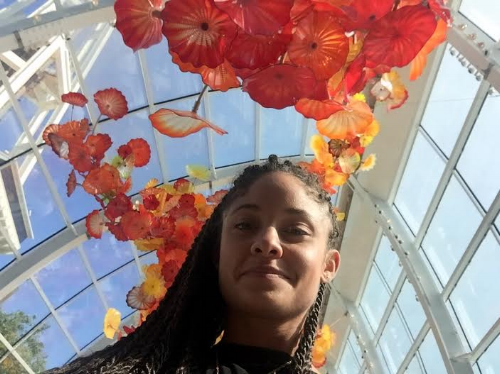Student-Led Conferences (and why we love them)
That's right! The kids are in charge!
We recently had two days of conferences with students and their families. Our favorite parts about student-led conferences are below. We share about these because while we know that not all schools have space for this type of set up with the official parent conferences, student-led conferences can also be done within your classroom as a way of checking in. They can confer with just you, or confer/present in small groups with you, as well. There are so many ways to utilize the format.
Here are some key takeaway pieces about student-led conferences that we love:
While we provide (especially at the beginning of the year) support and graphic organizers etc.. students begin practicing the essential life and student skill of REFLECTION.
Students also build off of this reflection (looking at their work, thinking about themselves as students) to build GOALS for themselves. These are written down, tangible, and something both the student and teacher (and families) can refer back to throughout the year.
Students are reminded (especially in this day and age) that THEY are in charge. They are at school to learn, these conferences are for them, and the work they put into school and understanding themselves as learners.. Is for them! While this sounds straightforward we have repeatedly found this to be an important reminder for our students and our families. As wise as 5th graders are, we all need a reminder sometimes (even as teachers/employees) that we are in charge of a large portion of our experiences and we can decide accordingly how we want to navigate that adventure.
Students get to shine. While we would love to be able to sit and chat with every student every day about their learning in great depth, we often don't have the time during regular class! This specific student-centered space gives us an opportunity to see each student for who they are as people, learners, and to hear what they are working on. In turn, they each get some solo stage time to receive positive attention and validation for their critical thinking and hard work! It also gives us the space to see how they are verbalizing what they have learned. It is another great form of assessment without having students take a test or quiz. We have learned a TON about our students in the past based off what they do and do not share.
It's fun!
(If you're still not convinced on the fun-factor maybe you missed the awesome young person in the gif at the top. Here it is again in case you missed it).
Helpful Resources for getting started:
Edutopia: Student-Led Conferences: Empowerment and Ownership
Responsive Classroom: Parent-Student-Teacher Conferences Keep the Focus on the Child
How do you all set up spaces and spots for students to shine? What does conferring look like for you?






















